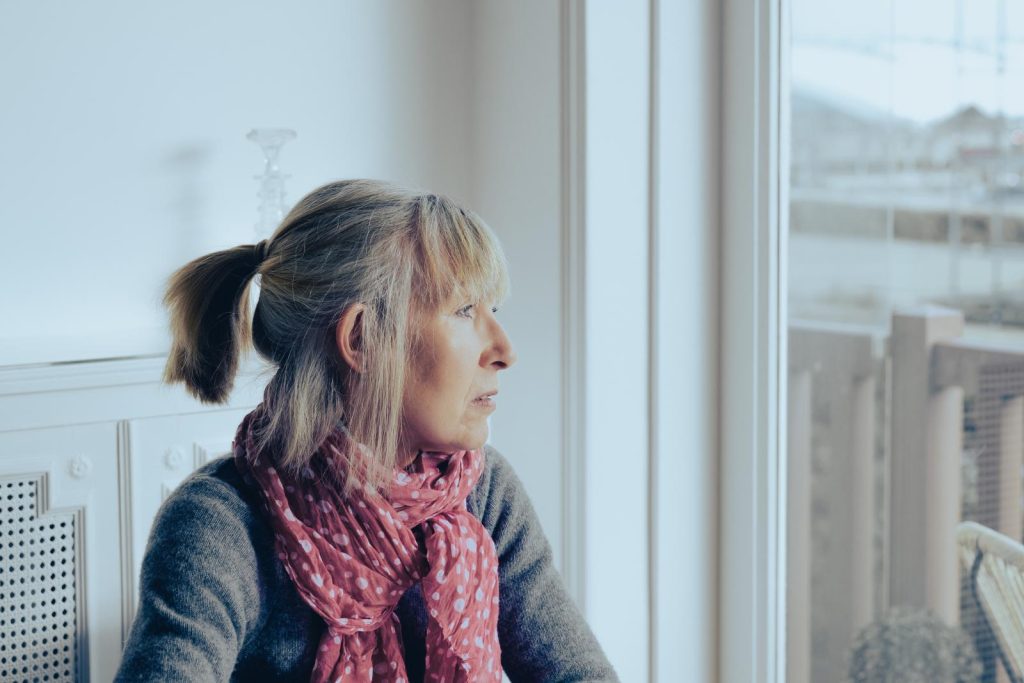Seasonal Affective Disorder: Symptoms, Causes, and Treatment
Seasonal Effective disorder is a type of depression that often arises during the fall and winter months when daylight hours grow shorter. While it’s natural to notice shifts in energy and mood during these seasons, SAD can be a deeper challenge that affects your overall well-being. The good news is that with understanding and the right support, it’s possible to regain balance and thrive, even during the darker months of the year.
Symptoms of SAD

SAD can look different for everyone, but common symptoms include
- Persistent feeling of sadness or hopelessness
- Low energy and fatigue, even after adequate rest
- Difficulty concentrating or staying motivated
- Changes in appetite or weight, often craving carbohydrates
- Withdrawal from social activities or relationships
- Disrupted sleep patterns, such as oversleeping or insomnia
What are the Causes of SAD?
The exact cause of SAD isn’t fully understood, but it is linked to changes in sunlight exposure. Reduced sunlight can disrupt your body’s internal clock (circadian rhythm), lower serotonin levels, and impact melatonin regulation, which affects mood and sleep.
How is SAD Diagnosed?
Seasonal Affective Disorder is diagnosed after a mental health exam and health history. While there is no blood test or medical exam that can diagnose SAD, your primary care physician may order tests to rule out other medical conditions. The diagnosis of SAD involves a series of clinical questions by a mental health professional.
Counseling and Lifestyle Changes Can Treat SAD
There are a variety of tools one can use to treat the symptoms of SAD. Treatment plans should be unique to each individual and can include any combination of the following:
Individual Therapy: Personalized sessions to explore how SAD is affecting your life. Identify and change negative thoughts and behaviors and develop coping strategies.
Light Therapy: Whether in the form of a special light box that mimics the outdoors or from natural light outside, getting more light helps many people managing SAD symptoms.
Lifestyle and Mindfulness Techniques: Practical ways to incorporate exercise, diet, and stress management into your daily routine.
Medication: Some people will find success with antidepressants, which can be prescribed by a psychiatrist or your health care provider.
Contact Us for Help With Seasonal Affective Disorder
If you suspect you may be suffering from Seasonal Affective Disorder, contact us today. Let us help you find ways to manage the challenges of SAD and get you feeling like yourself again.
